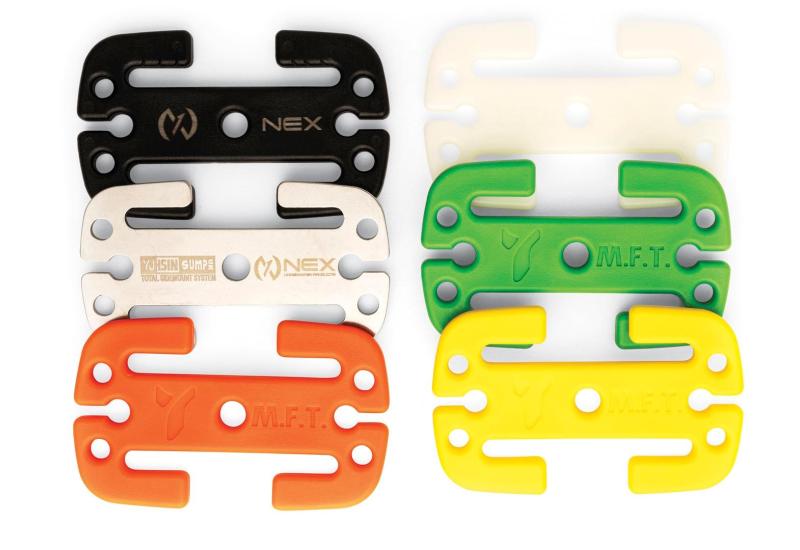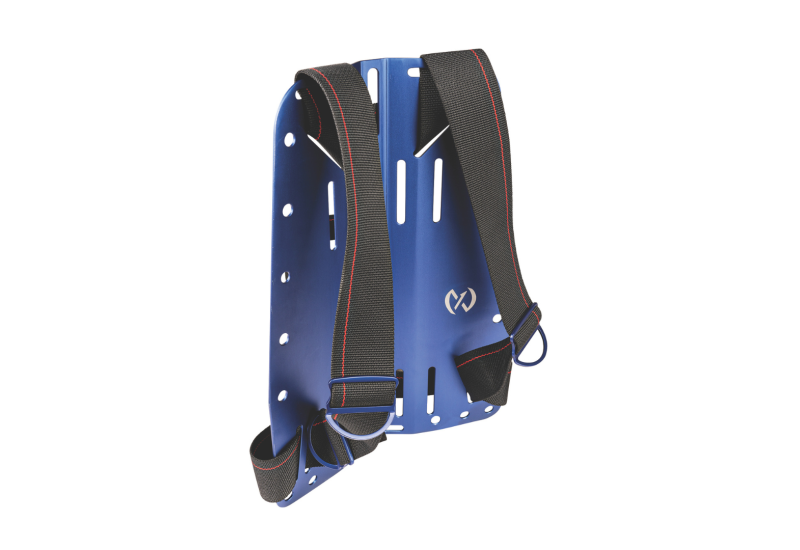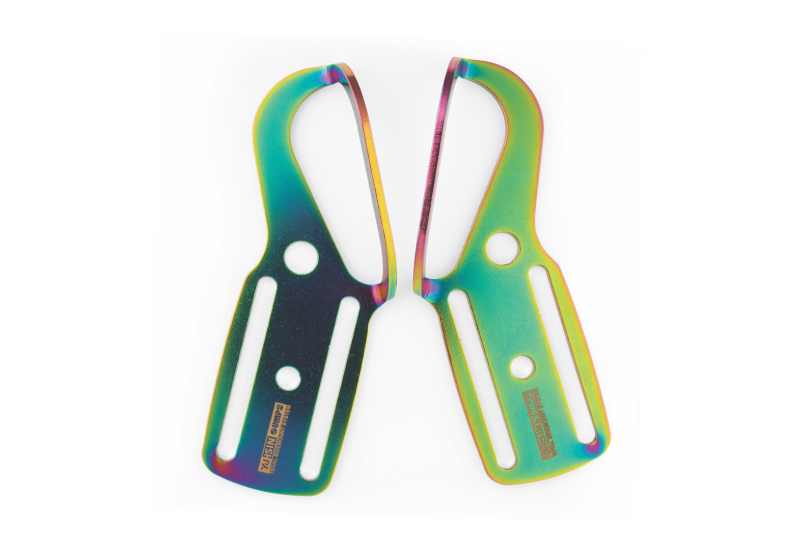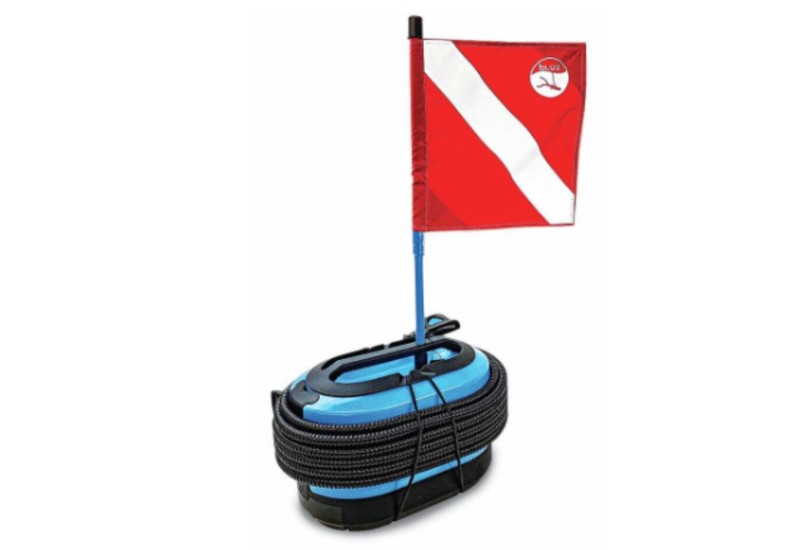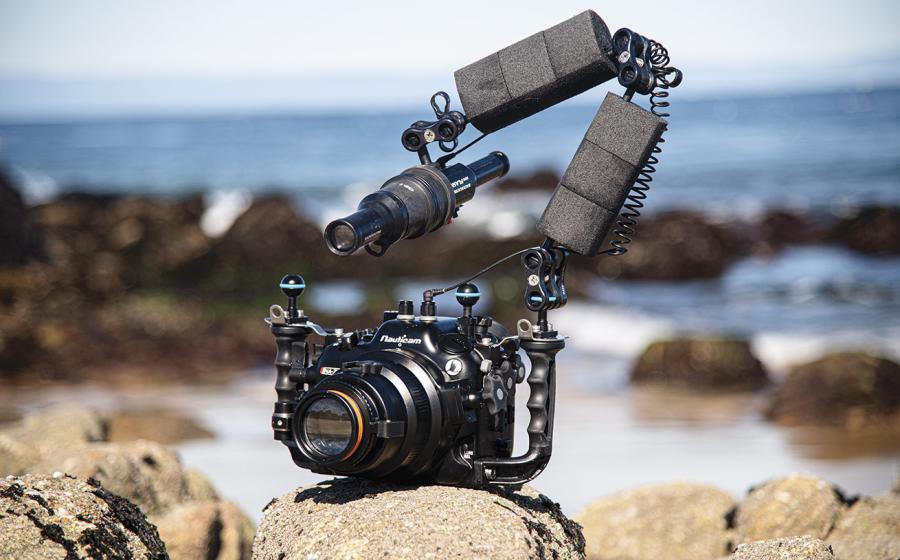Dive Boat Survival & Etiquette Guide
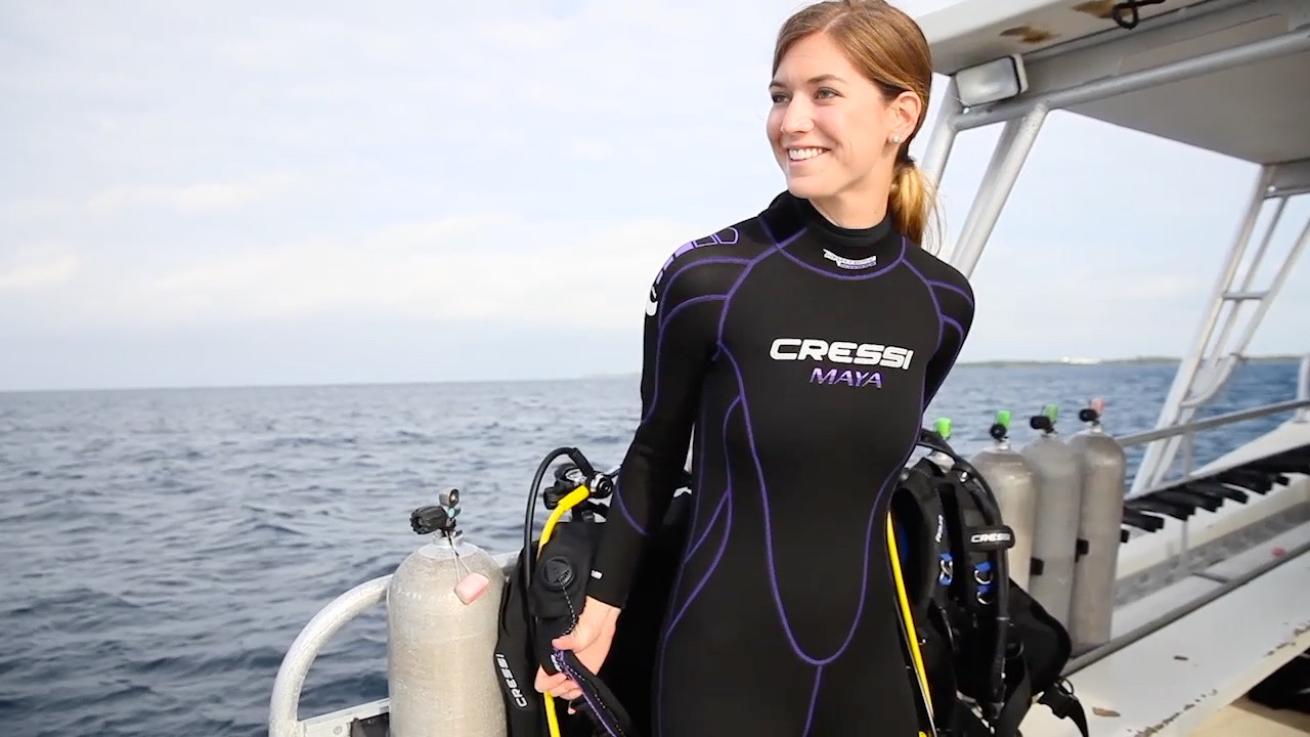
Courtesy CressiA great attitude is always appreciated by the dive boat crew.
Did you know PADI offers a Boat Diver Specialty Course? It may seem silly, but boats come in so many different sizes and configurations that the course was devised to help you learn tips, tricks and correct behavior to enjoy and be safe on your boat dives — whether you're diving from a small inflatable or a luxury liveaboard. You might want to consider taking the course, especially if you're preparing for your first boat dive or liveaboard trip, but in the meantime, here are a few basic tips to help you fit right in:
BEFORE YOU GO
1. Pack boat clothes. A large, floppy hat keeps the sun off not only your face but also your ears and the back of your neck. Our favorite is a sun hat with UV protection built into the fabric and a chin strap with lanyard. It's lightweight, washable and is made from a breathable nylon fabric. If you prefer a baseball cap, be prepared to apply plenty of sunscreen on your ears and neck, and to do it often. Protection against wind, not to mention spray, is critical to staying warm on the way out to the dive site as well as on the way home, so pack at least a windbreaker. If you're doing temperate-water or cool-weather diving, pack a boat coat that's lined with fleece, which will keep you toasty-warm — and look for one that comes with a hood.
2. Invest in decent sunglasses. They don't have to be Ray Bans, but get a pair of shades that meet the ANSI General Purpose standard: 60 percent UVA protection, 95 percent UVB. Take care of them once onboard — keep them away from weights, seat benches and places where they could be blown or knocked overboard.
3. Pack an extra towel. Take a second small towel for wiping your face, your exposure suit, your camera and your first stage between dives. You'll use your larger towel for drying yourself after your dives. Chamois-type camp towels work well.
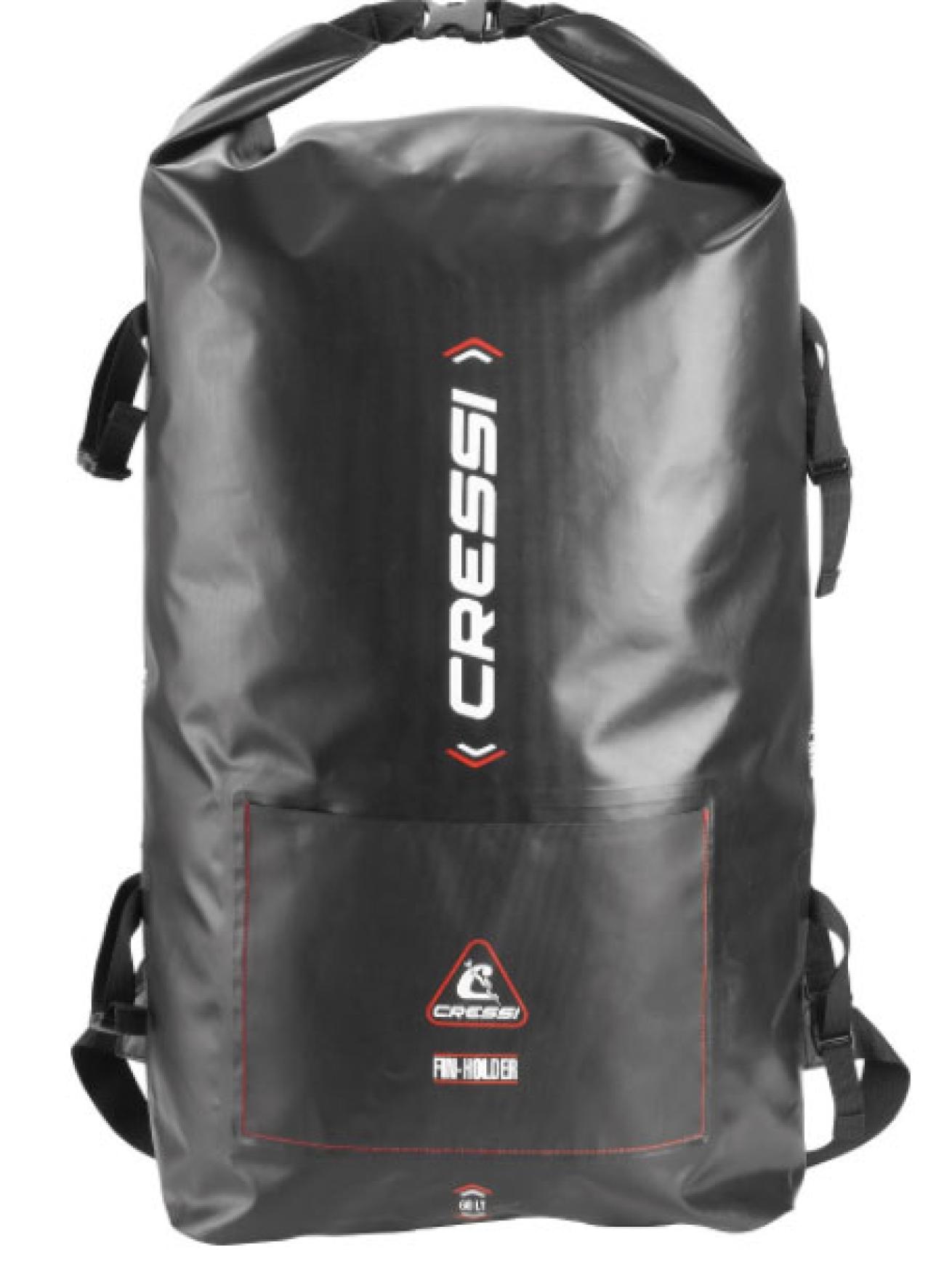
Courtesy CressiKeep all your stuff dry in this watertight daypack. It even has a special front pocket for storing long fins.
4. Don't forget a dry bag. This means a real dry bag, not a lined pocket in your gear bag or a "waterproof" bag with a conventional zipper — the zipper will leak. This is a personal-effects bag, separate from your scuba gear bag. Put everything inside it that you want to keep dry: your shore clothes, wallet and a big towel, for example. Try not to put things in it you'll need sooner (such as mask defog or sunscreen), so you don't have to open it often. Make sure it's one you can keep at your gear station — one where the inside will stay dry no matter what — in case the boat's dry area is limited or nonexistent.
5. Bring H2O and snacks. When you book, ask whether water and snacks are provided on board; if not, pack at least one water bottle (preferably a reusable one. It's always nice to bring something that can be shared with other passengers and the crew.
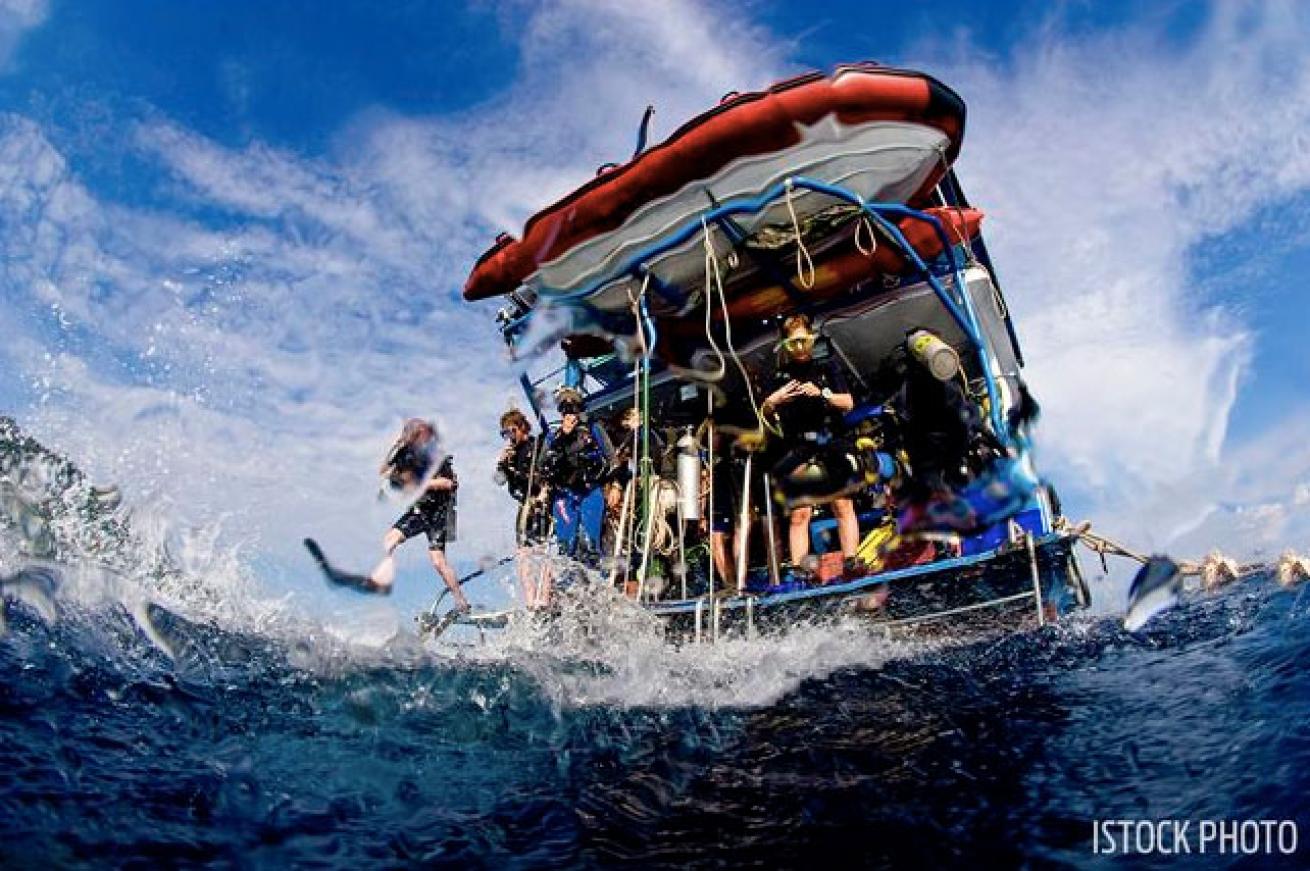
iStockWhen the sea is rocking the dive boat, follow our advice for avoiding seasickness.
6. Seasick? It can happen to anyone, but if you're prone, remember to take anti-nausea medications like Dramamine at least 30 minutes before the boat departs. Train your eyes on the horizon and stay away from diesel-engine fumes. For more advice, read our Tips for Avoiding Seasickness. If you do get sick, get downwind and lean overboard. Your fellow passengers will appreciate it.
For more health tips while traveling on a dive vacation, read 6 Tips for Staying Healthy on Your Dive Vacation.
ON THE BOAT
1. Be on time. Find out if the departure time given is “show up” or “leave the dock” and adjust your schedule appropriately. Arriving early is usually fine (but when you arrive, ask for permission to board — the crew may still need time to prepare for the trip). Don't be the person holding up the boat's timely departure.
2. Set up your gear as quickly as possible. Once you've been shown your gear station, ask the crew if it's OK to set up your gear. Every skipper has different rules — some may prefer that you set up immediately; other may ask that you wait until the vessel is underway. Either way, once you've set up your gear, make sure to review your dive plan with your buddy and review basic hand signals. Check his or her gear and vice versa.
3. Locate safety equipment. You should get a safety briefing, but it's always a good idea to make a mental note of where the life jackets, VHF radio (how to turn the radio on), handheld VHF, flares, flashlights, first-aid kits, etc., are. Before entering the water, you should be informed about the "dive recall" signal, in the event of a serious emergency. If the crew does not give a safety briefing, politely ask for one.
Looking for safety dive gear? Visit the Gear section of our website.
4. Find the rinse buckets. Water buckets on the deck are usually marked to indicate what they're for — mask rinsing, camera rinsing, etc. If they're not marked, ask the crew.
5. Stay organized. Don't spread out your dive gear and be a boat slob. (Do you know a boat slob? Share our 6 Dive Boat Do's and Don'ts.) Keep it neatly organized at your dive station (some boats provide a crate to keep under the bench) or tucked away in your bag. After you place your tank in its station, deflate the BC, fold in the straps and move in the hoses so that your assembly takes up as little room as possible. Not only is this a courtesy to your neighbor, it will prevent your gear from being damaged. Secure tanks so they do not fall on anyone's feet or on gear. And remember: Dive gear, drysuit underwear, log books, etc., do not belong on the camera table. Ask the crew if there's a dry area where you can store small items you don't want to put away, like sunglasses.
6. Pay attention to the dive briefing. You'll not only get valuable information about the dive site and conditions, you'll learn how the crew prefers you enter and exit the water; whether you should remove only your fins or your entire kit at the ladder before boarding; where the anchor or mooring is located, etc.
7. Put away the cigarettes. These days, there’s little tolerance for cigarette smoking on dive boats. Get more dive boat etiquette here.
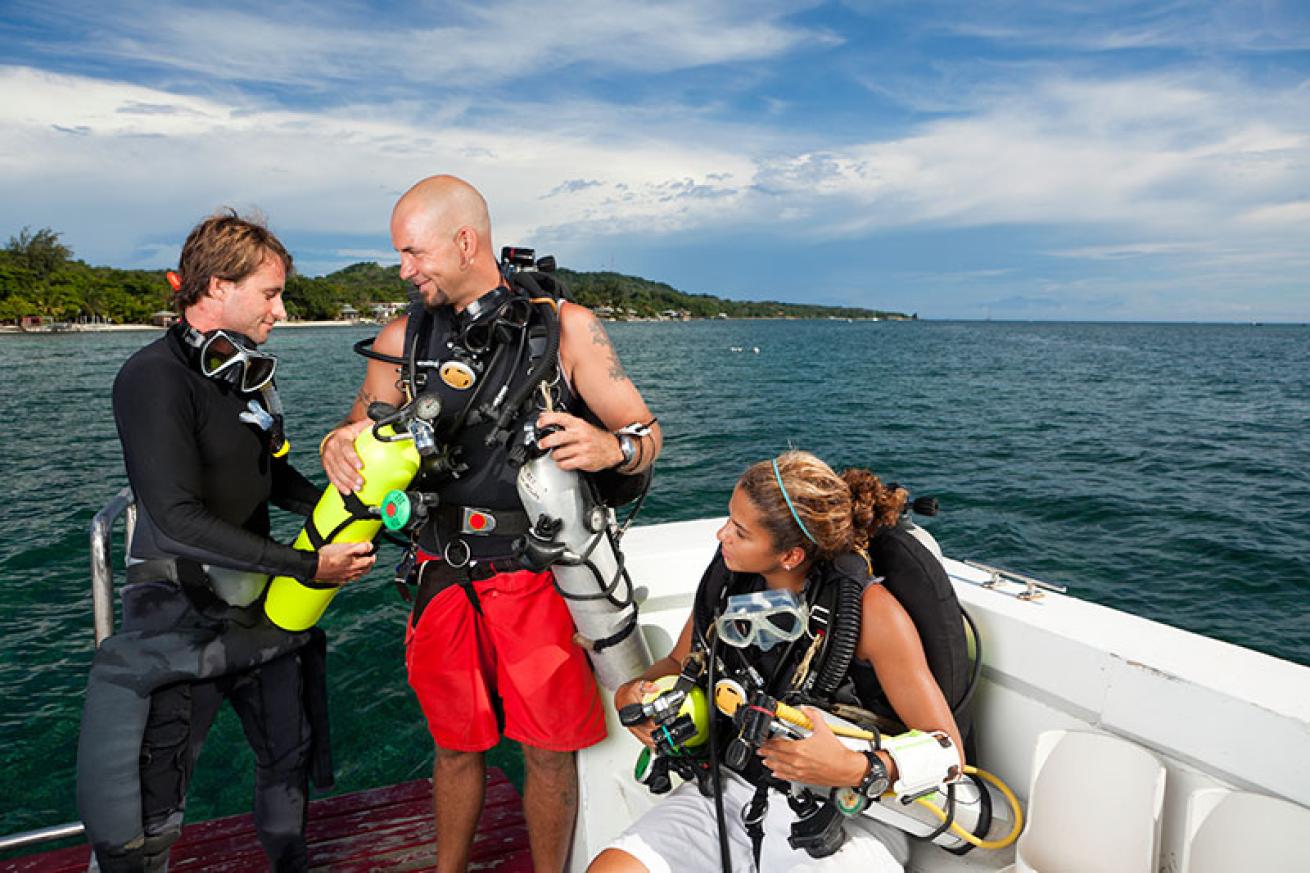
iStockThe dive boat crew can help you with any special needs you have, from assisting you to the swim platform to helping you set up your gear.
GETTING OFF THE BOAT
1. Help out if needed. Before getting off the boat, ask the crew if you can do anything before taking off. Make sure you take your trash with you and take a last look around for any items of gear or clothing you may have overlooked when packing up.
2. Don't forget to tip the crew. If they have done a good job, 10 percent of the cost of the trip is customary. If they did a great job, make it 15 percent. Keep in mind that tipping the crew is not recommended everywhere (for business or cultural reasons). Ask ahead as to what the operator's policy is regarding tipping. Sometimes, you'll tip the boat crew directly, but often, tipping is done in the dive resort or dive shop office (or at the end of a trip on a live-aboard, when you're settling your final bill) — and then all members of the team share the tip.
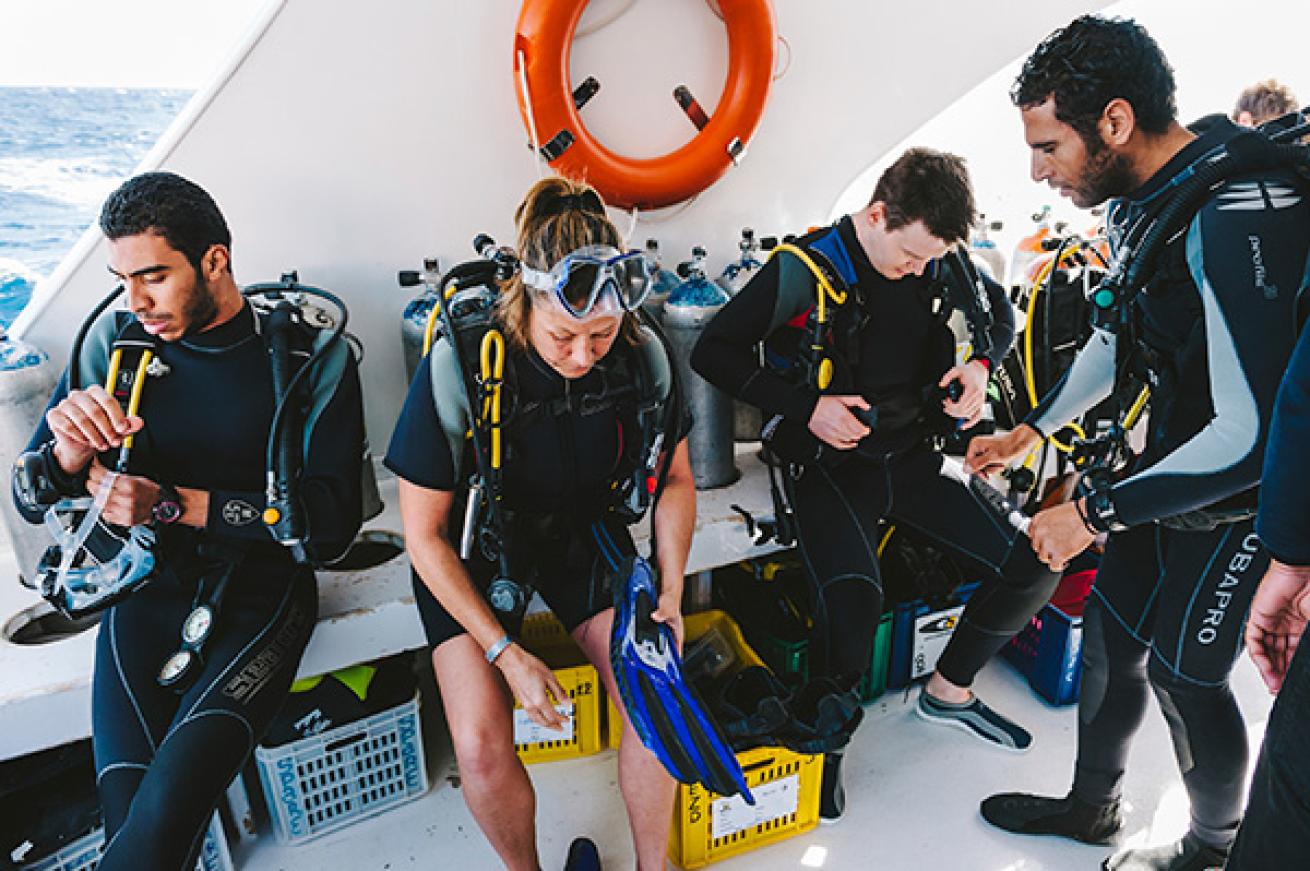
iStockCourtesy goes a long way on a boat.
Follow just these few tips and you'll discover what we have — a day on the water on a boat is better than any day on land.
We've got a wealth of training and safety tips on the Training section of our website.

